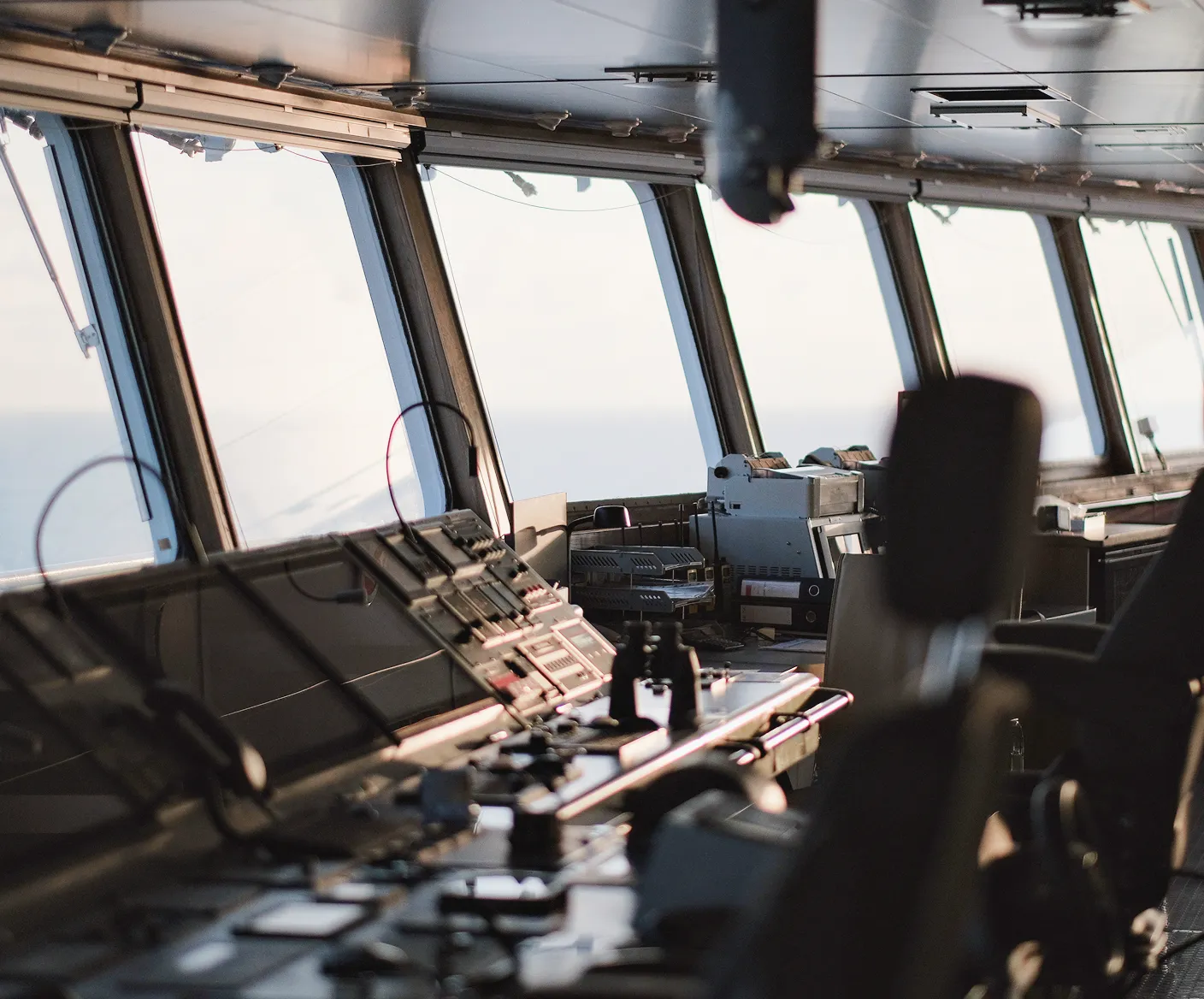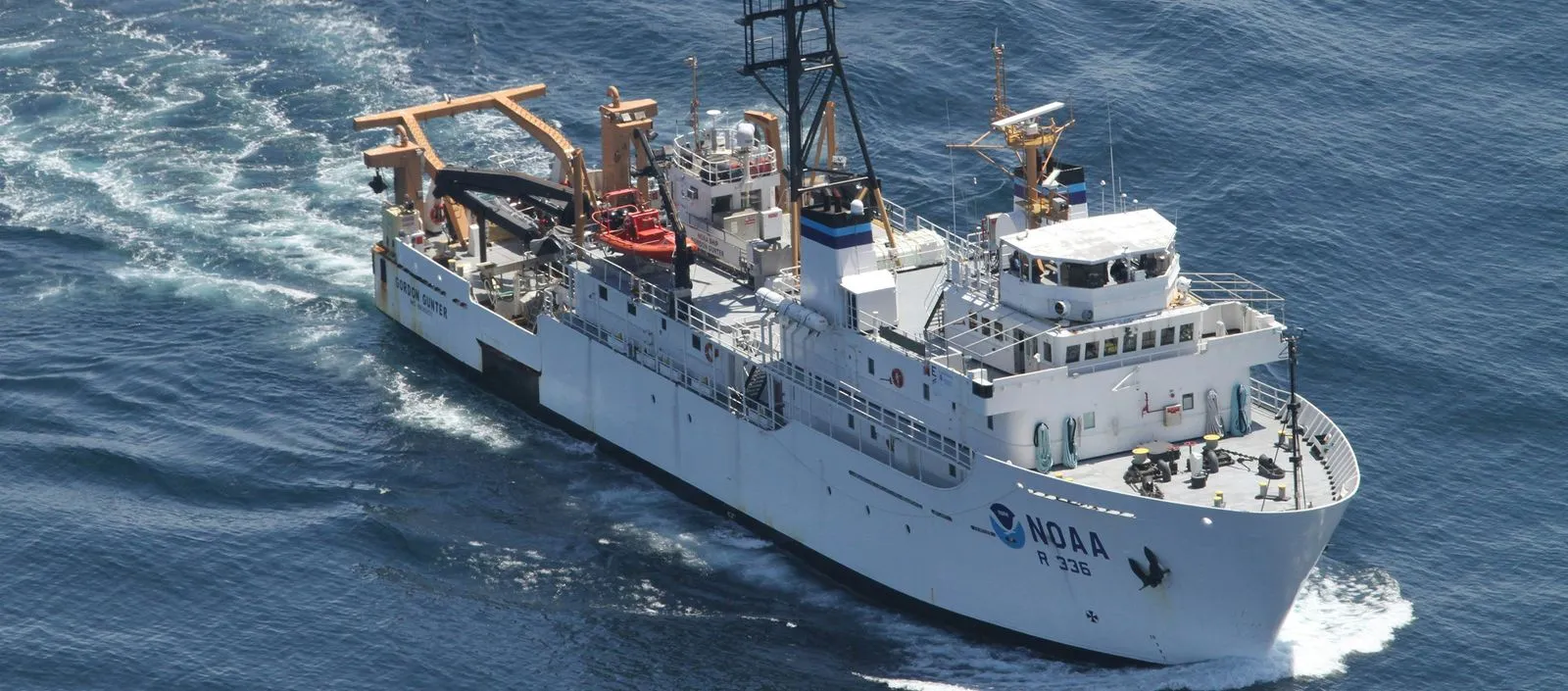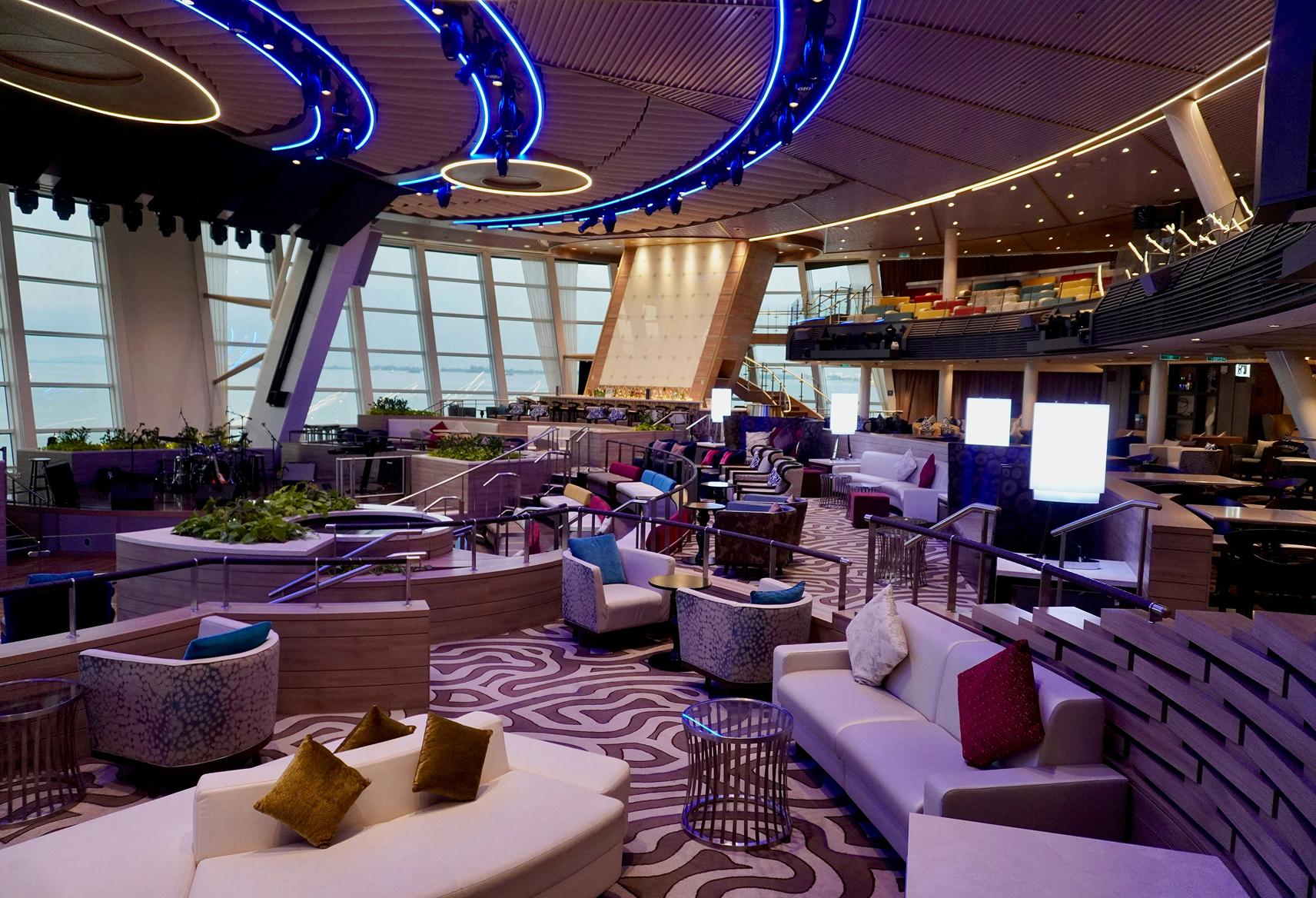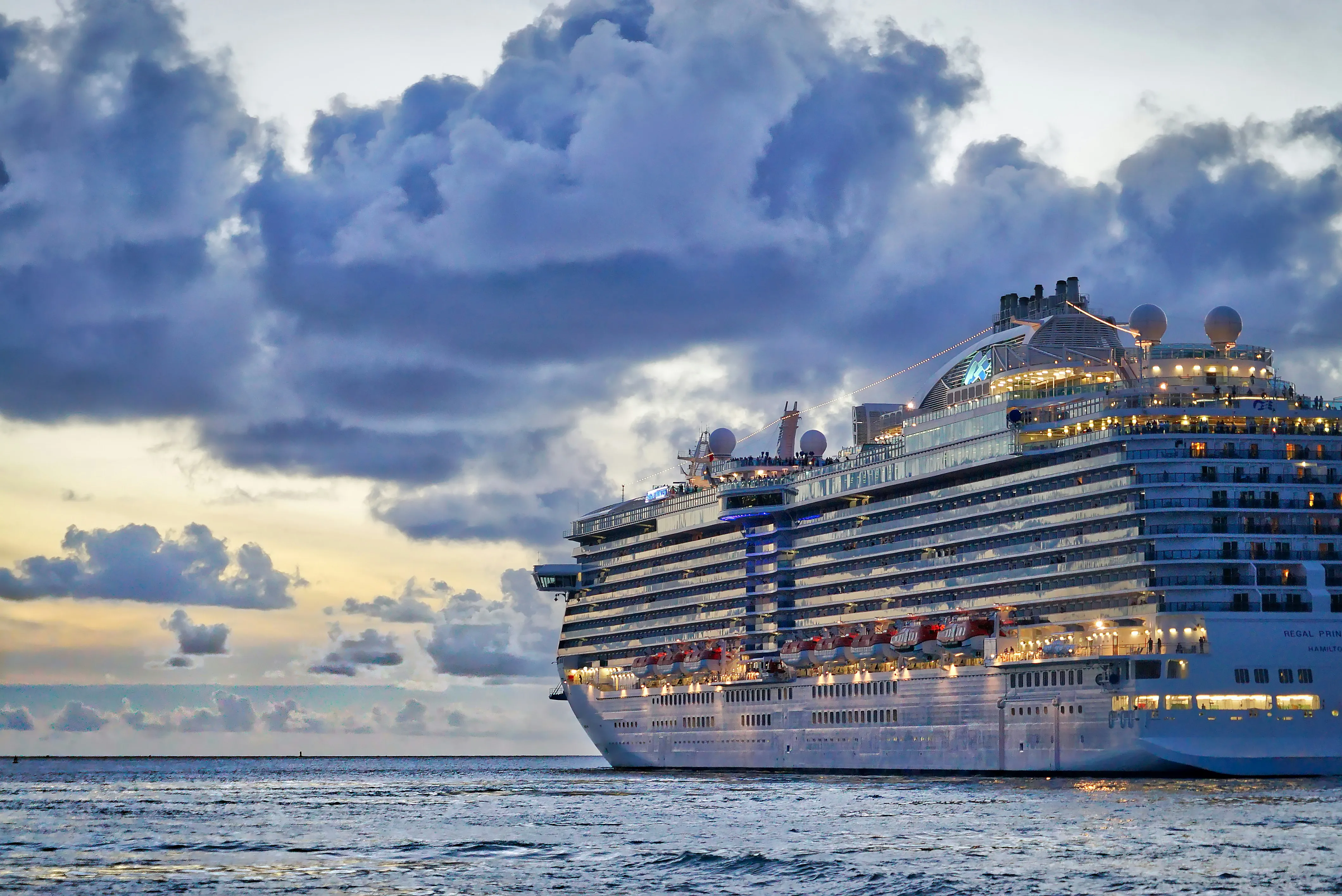Maritime Secured

With thousands of passengers, rotating crew, and complex embarkation schedules, cruise ships require identity and safety systems that work in real time - online or off.
Used by the world's leading companies
Purpose-Built for
Cruise Ship Operations
Built for Maritime Conditions
Unified Platform, Modular Flexibility
Real Time Visibility
Core Capabilities
From crew management to visitor tracking, A-PASS delivers a modular, unified platform designed to simplify identity, access, and emergency readiness across every point of shipboard operation.
Tools That Do More
Emergency Response Readiness
Digital Credential Access
Efficient Visitor Management
Executive Guest Handling
Integrated Room Booking
Smart Parking Allocation
Multi-Site Visibility
Temporary Pass Management
Frequently Asked Questions
Answers to the most common questions from cruise operators, port authorities, and onboard safety teams.
Yes. A-PASS supports manual search, comment logging, and override features across multiple modules. Supervisors can change a person's status, add context for exceptions, or complete a check-in manually when scanning fails - all with full traceability
A-PASS enables the bulk printing of disposable thermal visitor passes. These are scanned at guard stations for activation, photo capture, and tracking. Passes are automatically invalidated upon reset, improving both efficiency and security.
Yes. A-PASS offers two key services:
1. ADAM, for real-time, bidirectional data exchange with PMS or crew systems.
2. EVE, for streaming status updates, emergency flags, and more to connected systems.
These tools eliminate redundant entries and centralize critical data.
A-PASS automates emergency mustering, maintains timestamped logs, and tracks real-time check-ins via PDA or fixed kiosks. The system enables fast, accurate accountability of crew and passengers during drills and actual emergencies - reducing manual error and supporting auditability.
Yes. A-PASS mobile modules - including Mobile Guard, Immigration, and Muster - support offline operations using private networks or device storage. Data syncs back to the server when connectivity is restored, ensuring continuity even during port calls or emergencies.
.webp)



























.png)















